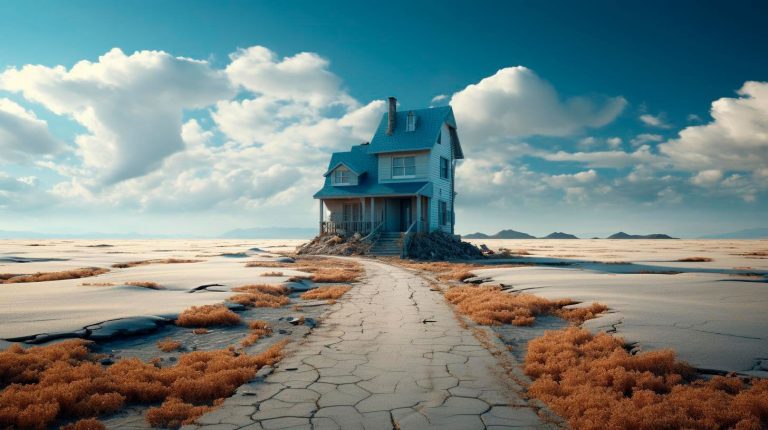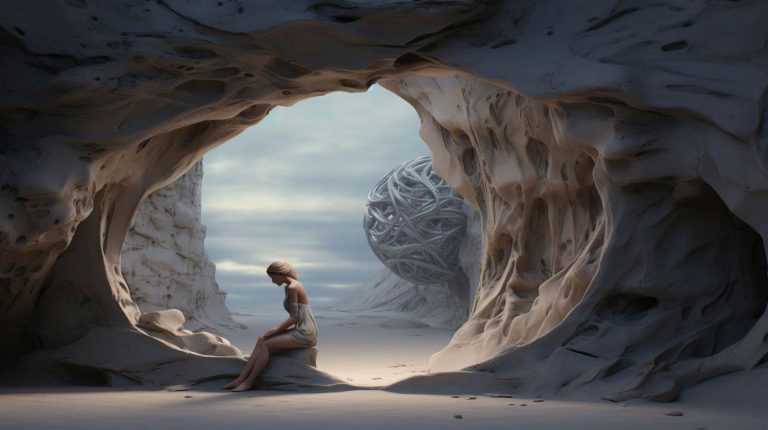In this article, we will delve into the world of wildlife photography and explore the techniques and strategies employed by photographers to immortalize these remarkable creatures.
Understanding the Essence of Wildlife Photography
Wildlife photography goes beyond capturing a beautiful snapshot; it aims to convey a story, evoke emotions, and raise awareness about the intrinsic value of wildlife and its conservation. Unlike traditional studio photography, wildlife photographers must venture into the wilderness, equipped with gear specifically designed to capture the grace, power, and raw beauty of animals. The challenge lies not only in capturing a technically perfect image but also in capturing the animal’s natural behavior and essence.
The Virtue of Patience
Patience is the cornerstone of wildlife photography. To capture that one perfect shot, photographers can spend days or even weeks waiting in remote locations, enduring harsh weather conditions, and adapting to the rhythm of the animal’s life. Wildlife does not adhere to schedules, so being patient is essential to witness their natural behavior and to capture unique moments.
- Waiting for the perfect lighting conditions
- Observing the animal’s behavior and anticipating their next move
- Spending hours in camouflage to blend into the surroundings
- Tracking animals in their natural environment
Tools of the Trade
Wildlife photographers rely on specialized equipment to overcome the challenges encountered in the field. High-quality camera bodies with fast autofocus capabilities are essential to seize fleeting moments. Telephoto lenses allow photographers to capture intimate details while maintaining a safe distance from animals. Tripods, blinds, and remote triggers aid in achieving sharp and stable images without disturbing the wildlife.
Advancements in Technology
The advancements in technology have revolutionized wildlife photography, making it more accessible to passionate amateurs and professionals alike. High-resolution cameras and image stabilization technologies have raised the bar, enabling photographers to push the boundaries of creativity. Drones now offer a birds-eye view, capturing perspectives that were once impossible to achieve.
- High-resolution cameras for intricate details
- Telephoto lenses for capturing distant subjects
- Image stabilization for clearer and sharper images
- Drones for unique aerial perspectives
Photographing Elusive Wildlife
Elusive wildlife presents its own set of challenges, as these creatures actively avoid human interaction. Whether it’s a rare species or a predator roaming the vast plains, photographing elusive wildlife demands not only patience but also an understanding of their behavior and habitat. Studying animal patterns, tracking their movements, and adapting to their environment are key to increasing the chances of capturing that perfect shot.
The Importance of Research
Conducting thorough research about the habitat, activities, and behavior of the specific animal you wish to photograph can significantly increase your chances of success. Understanding their feeding patterns, mating rituals, and preferred environments can help you anticipate their movements, saving you time and increasing the likelihood of capturing remarkable moments.
- Study the animal’s habitat and preferences
- Research their feeding patterns and mating behavior
- Learn about their daily routines and activity cycles
- Understand their response to human presence
Blend In and Respect their Space
Photographers must learn to blend seamlessly into the natural environment to observe wildlife without causing disturbance. Camouflage clothing, scent control, and slow, deliberate movements are essential to avoiding detection. Respecting the animal’s space and keeping a safe distance not only ensures their well-being but also allows for more authentic and natural photographs.
Preservation Through Photography
Wildlife photography plays a crucial role in raising awareness about the beauty and fragility of nature. By capturing awe-inspiring images, photographers can inspire action among viewers to protect and conserve our planet’s biodiversity. These images serve as a powerful reminder of the importance of preserving natural habitats and the wildlife that depend on them.
Key Takeaways
- Wildlife photography tells stories and raises awareness about conservation
- Patience is vital for observing animals in their natural behavior
- Specialized equipment and technological advancements aid photographers in capturing incredible shots
- Research and understanding of wildlife behavior contribute to successful photography
- Respecting animals’ space and blending into the environment ensures ethical photography
- Photography can inspire action towards preserving our planet’s biodiversity
In conclusion, wildlife photography is an art form that requires skill, dedication, and patience. Through the lens, photographers communicate the beauty and vulnerability of the natural world, encouraging viewers to appreciate and protect our planet’s magnificent wildlife. By understanding animal behavior, utilizing specialized gear, and respecting their space, photographers can capture breathtaking images that leave a lasting impact on both art enthusiasts and conservationists alike.



















+ There are no comments
Add yours